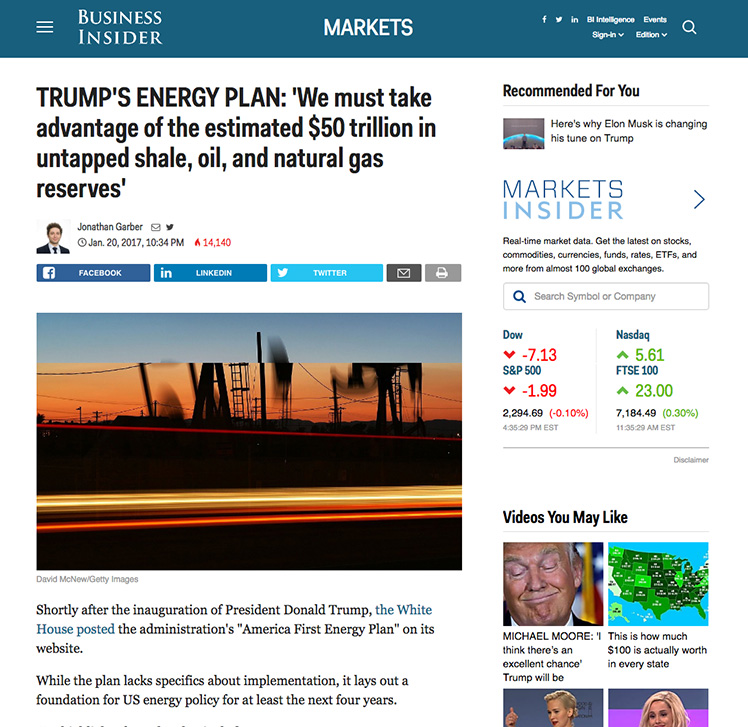$70 Billion Each For Shale Plays And Offshore Projects This Year lweb.es/f2650 02.20.2017
For every dollar invested this year in North American shale plays another dollar will be allocated for planned projects offshore racking up spending of $70 billion in each sector, analysts at Rystad Energy said: “Offshore projects that were uncommercial at $110 per barrel in 2013 are now commercial at an oil price of $50 per barrel.” However, Rigzone Data Services said offshore investment declined 30-35% in 2016 and offshore capital expenditure is expected to decline for the current year. According to Diamond Offshore, it’s difficult for deepwater operators to compete with the unconventional space.


